Spain with its varied and delicious cuisine has many Michelin-starred restaurants dotted throughout the country. The city of San Sebastián is king with more Michelin Stars per square kilometre than anywhere else in Europe and second in the world. Only Kyoto in Japan has more than this Basque city.
While there are of course many famous Michelin-starred restaurants that are very expensive, where many of us may only go once in a lifetime, Spain is lucky that it has several very affordable ones – and some of the cheapest in Europe.
However, in order to get the more affordable prices, you need to know what to order and when to go. The trick is to go at lunchtime to make the most of the menus of the day, to order a la carte or opt for a shorter and less expensive version of the tasting menu.
Catalonia
Xerta, Barcelona
Barcelona is full of expensive restaurants, but even here you can try exquisite Michelin-starred cuisine for €45. Located in the luxurious Ohla Hotel, Xerta has both a restaurant and tapas bar. To pay just €45, go for the Menú Ejecutivo, a three-course option with wine and mini sweets included. The a la carte menu is also very affordable such as the arroz de barraca – rice from the Delta del Ebro with clams, nettles, beef and green sauce emulsion.
Madrid
Chirón, Valdemoro
This restaurant located in the municipality of Valdemorillo is the only place in the region of Madrid where you can dine on Michelin-starred quality food for less than €30 per person. To take advantage of this price you should order the six-course executive menu, which is only served at lunchtime from Tuesday to Friday and costs €29.95. Madrileño chef Iván Muñoz has one Michelin-Star and serves up innovative dishes such as crispy socarrat rice, flavoured with clams and aioli (garlic mayonnaise).

Galicia
Silabario, Vigo
This Galician restaurant headed up by local chef Alberto González centres around traditional Gallego seafood fresh from the Atlantic Ocean. There are three tasting menus offered, one of which, the Berbés is a very affordable €27 per person. This includes a starter, main course and a dessert.
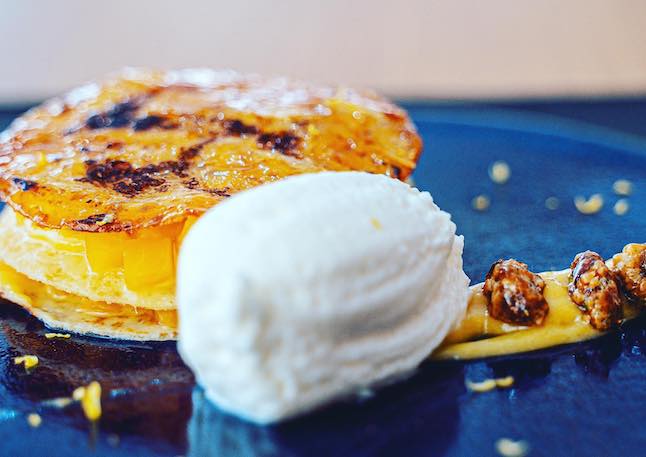
Castilla-La Mancha
Coto de Quevedo, Torre de Juan de Abad
Chef José Antonio Medina’s traditional Manchego restaurant at the rural Coto de Quevedo hotel has been awarded two Michelin Stars and serves classic dishes with a modern twist. While the tasting menus are over €45, you can order from the main menu for much less. Try the deer loin, cauliflower, chocolate, plum and liquorice cake for €20 or the classic pisto de Manchego (similar to ratatouille) with Iberian potatoes and egg.

Valencia
Atalaya, Alcalá de Xivert
Located in a small village on Spain’s Costa de Azahar or Orange Blossom Coast, just above Valencia, Atalaya is run by a couple – Alejandra Herrador and Emanuel Carlucci. They serve classic Valencian and Mediterranean cuisine where unsurprisingly, rice features heavily. To eat for €45 per person, choose the Menú Arroz (Rice Menu), an impressive seven-course menu with appetisers, mains and desserts.
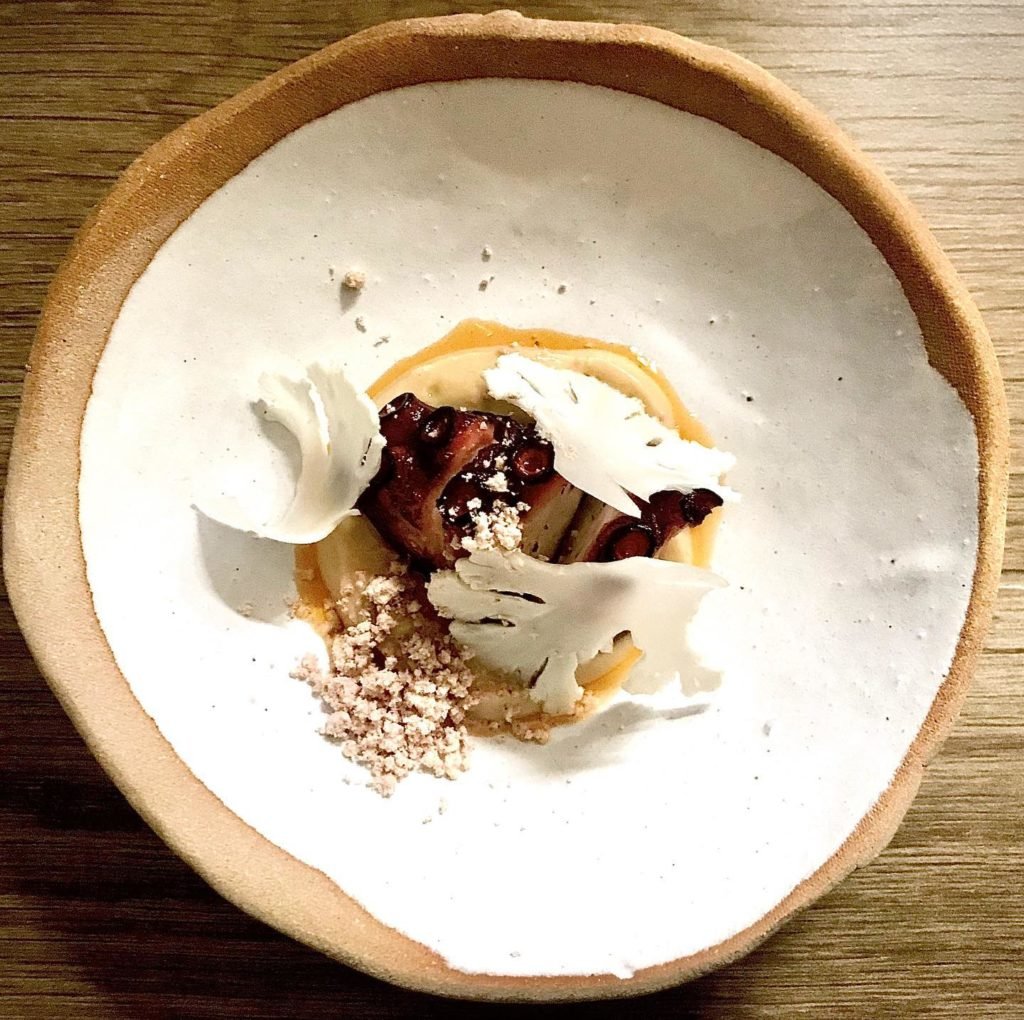
Castilla y León
MU.NA, Ponferrada
This Ponferrada restaurant offers typical Leonese cuisine with seasonal ingredients. Open Wednesday to Sunday, it has two different tasting menus, but by ordering dishes from the main menu such as the deer with truffle and leek or the sea bass, you can eat for under €30 per person.
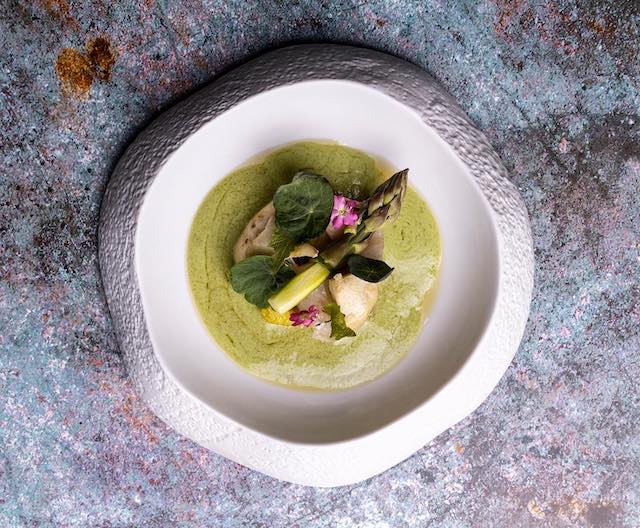
Basque Country
Garena Jatetxea, Lamindao
The Basque Country is the undisputed queen of Michelin-starred restaurants in Spain and many of them are very famous and expensive, but at Garena, you can dine for just €45. Chef Julen Baz sticks to creative Basque cuisine with fresh and simple ingredients. Choose the Menú de Mercado with six courses, only offered Mondays to Fridays.

Balearic Islands
Adrián Quetglas, Palma de Mallorca
Named after its Argentinean chef, Adrián Quetglas, this Michelin-starred restaurant is located on the island of Mallorca. Its dishes are presented like works of art and are just as colourful as the island itself. The tasting menu costs €45 and consists of five courses including dishes such as Carnaroli rice with rockfish, saffron, prawns and honeycomb. It’s only available at lunchtime from Tuesday to Friday.

Extremadura
Versátil, Zarza de Granadilla
Run by three brothers David, Jose and Alejandro Hernandez Talaván, this Extremaduran Michelin-starred restaurant has two different dining zones. Choose the bodega area and you can get a main meal for €20 – €25 per person. Think charcoal roasted octopus with rustic mashed potatoes, citrus, chive aioli, rice chips and paprika foam or stewed pork cheeks glazed in the oven with creamy potatoes and black truffle.
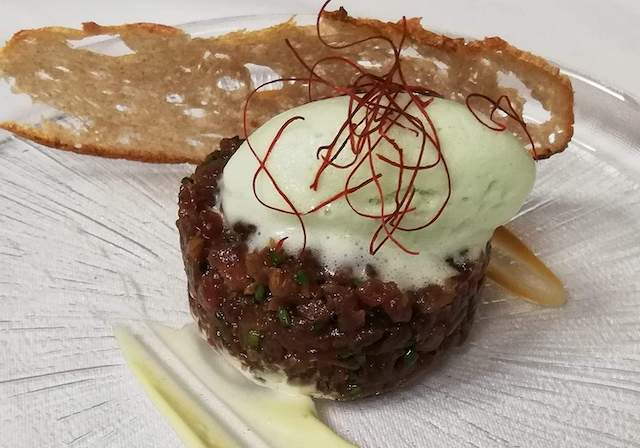


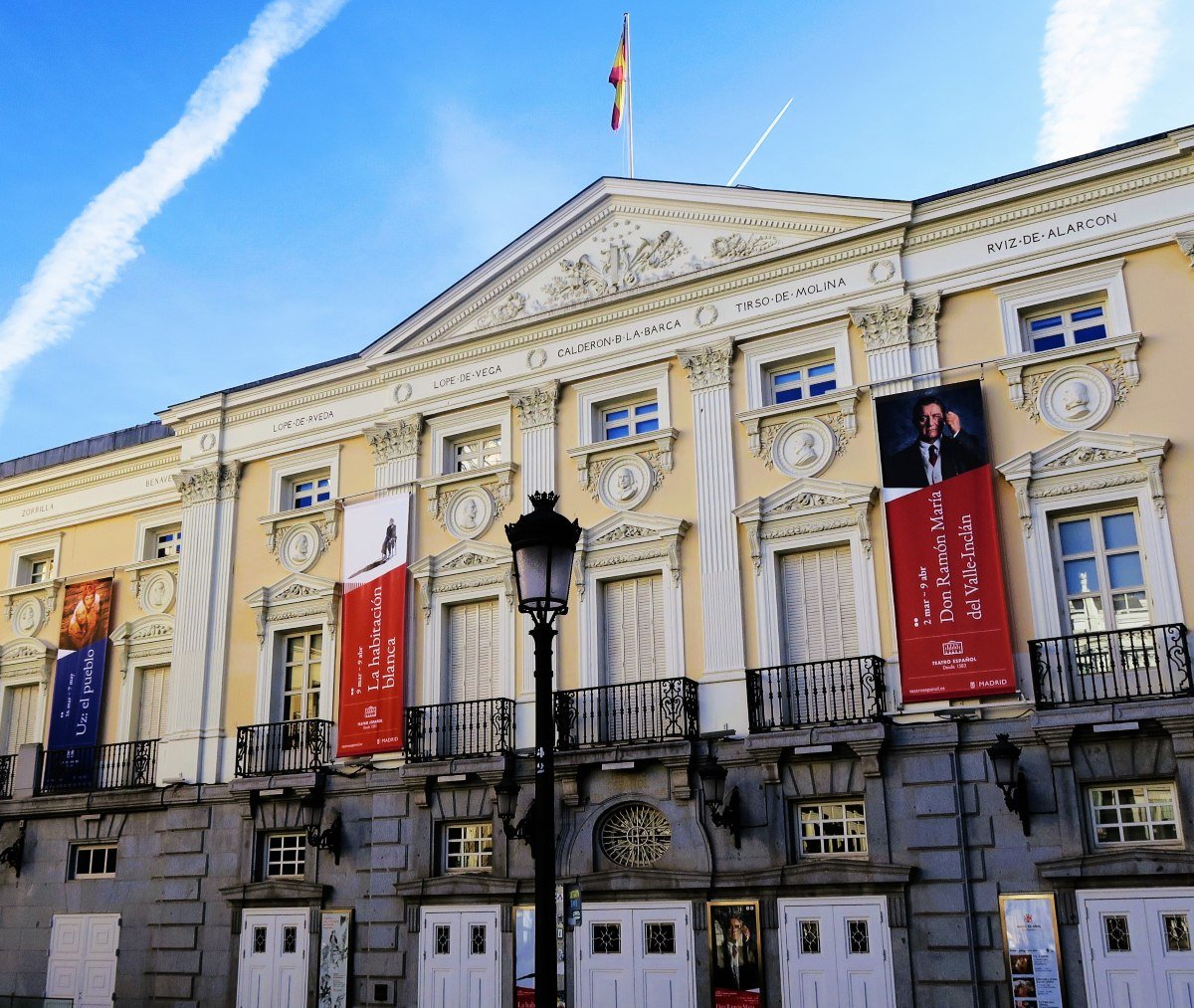
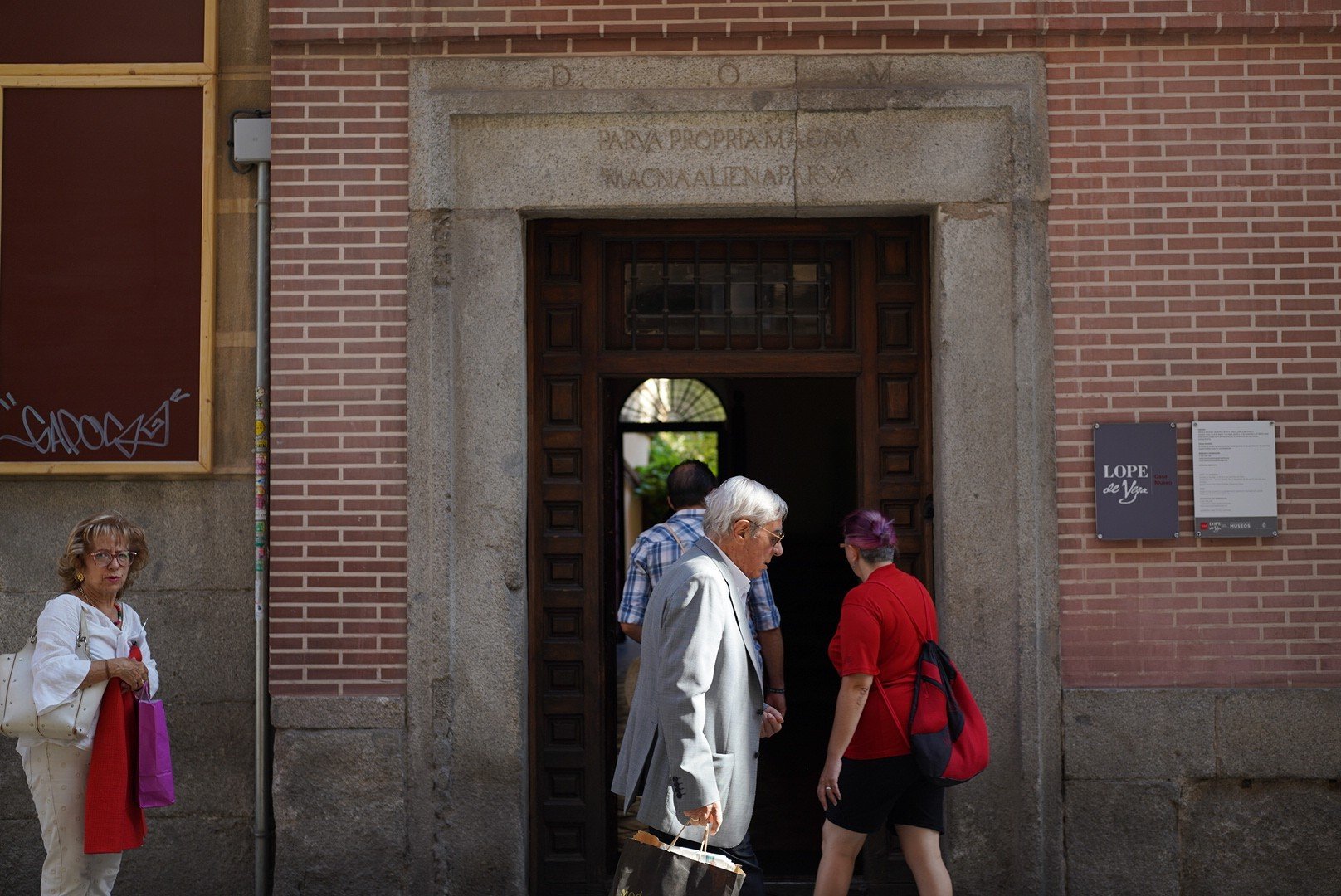


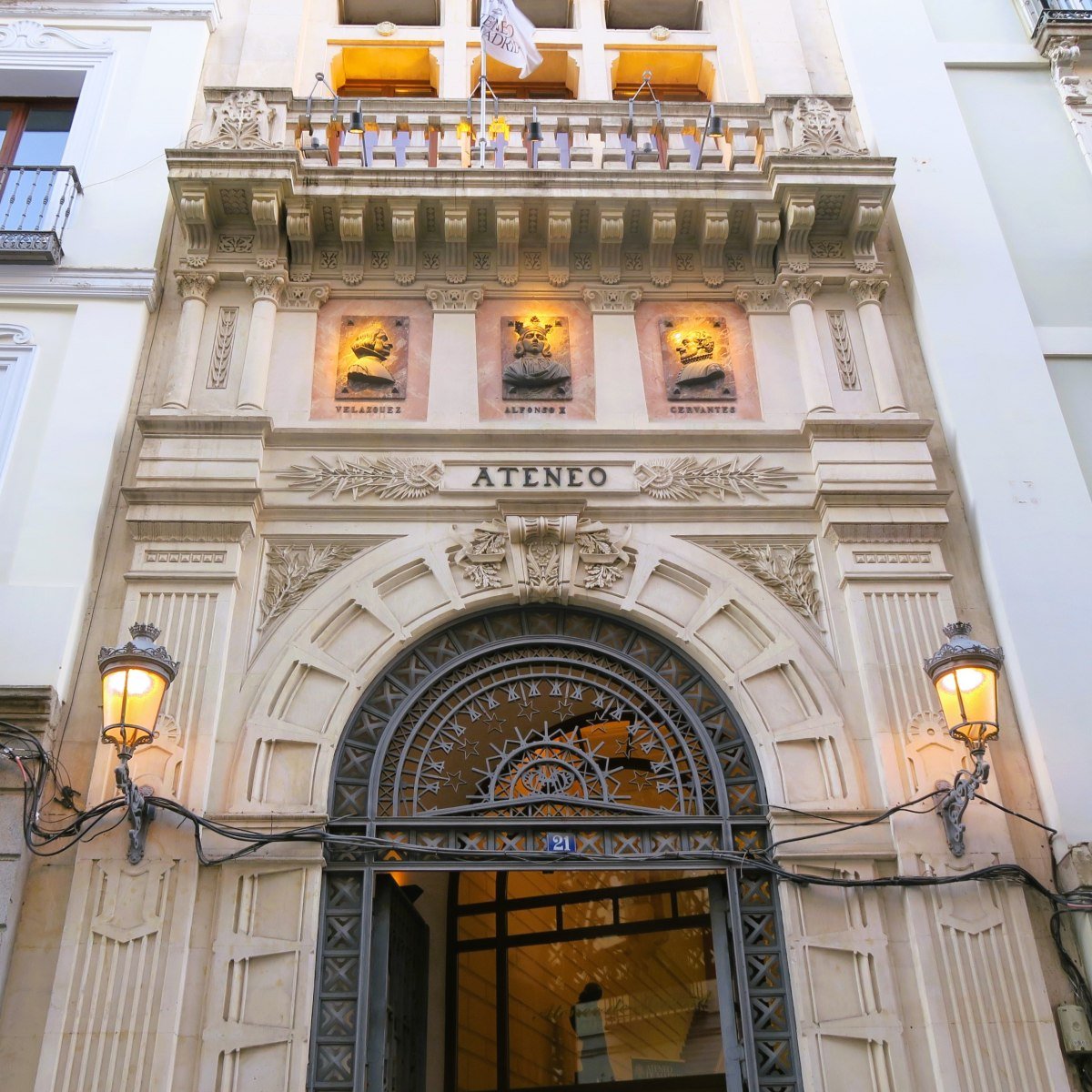
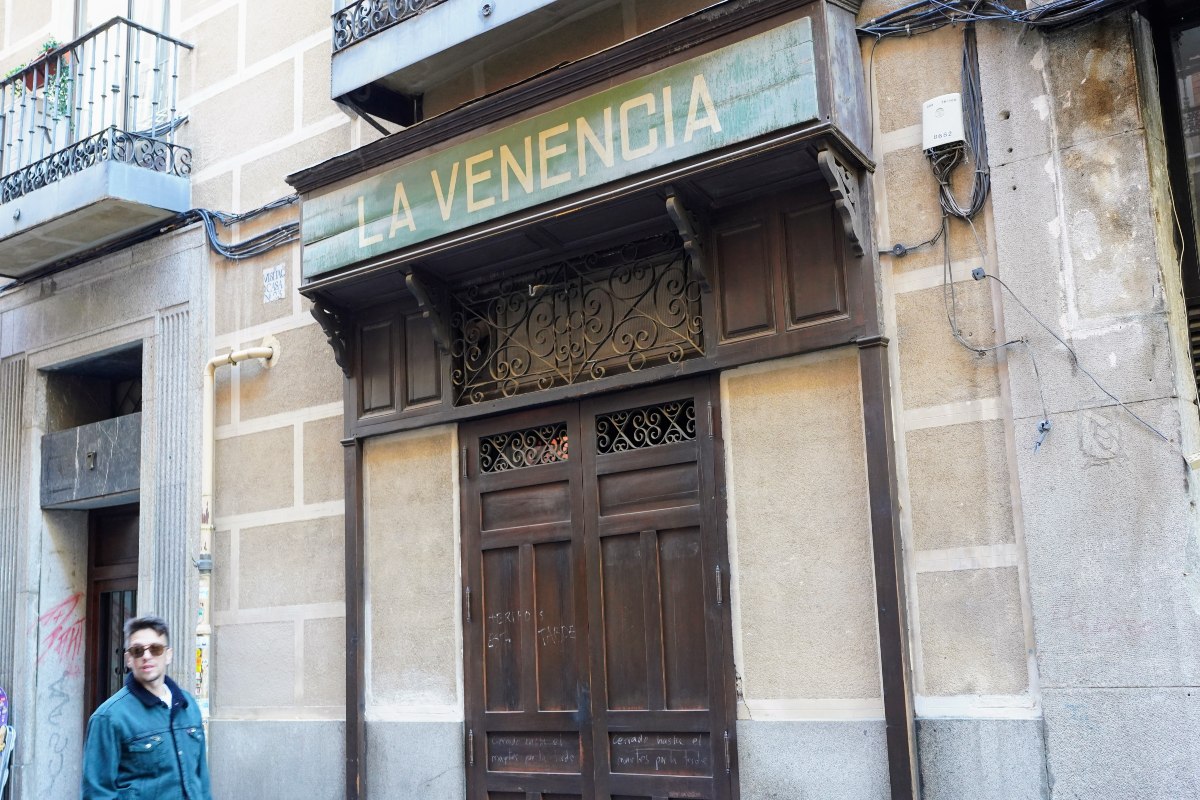
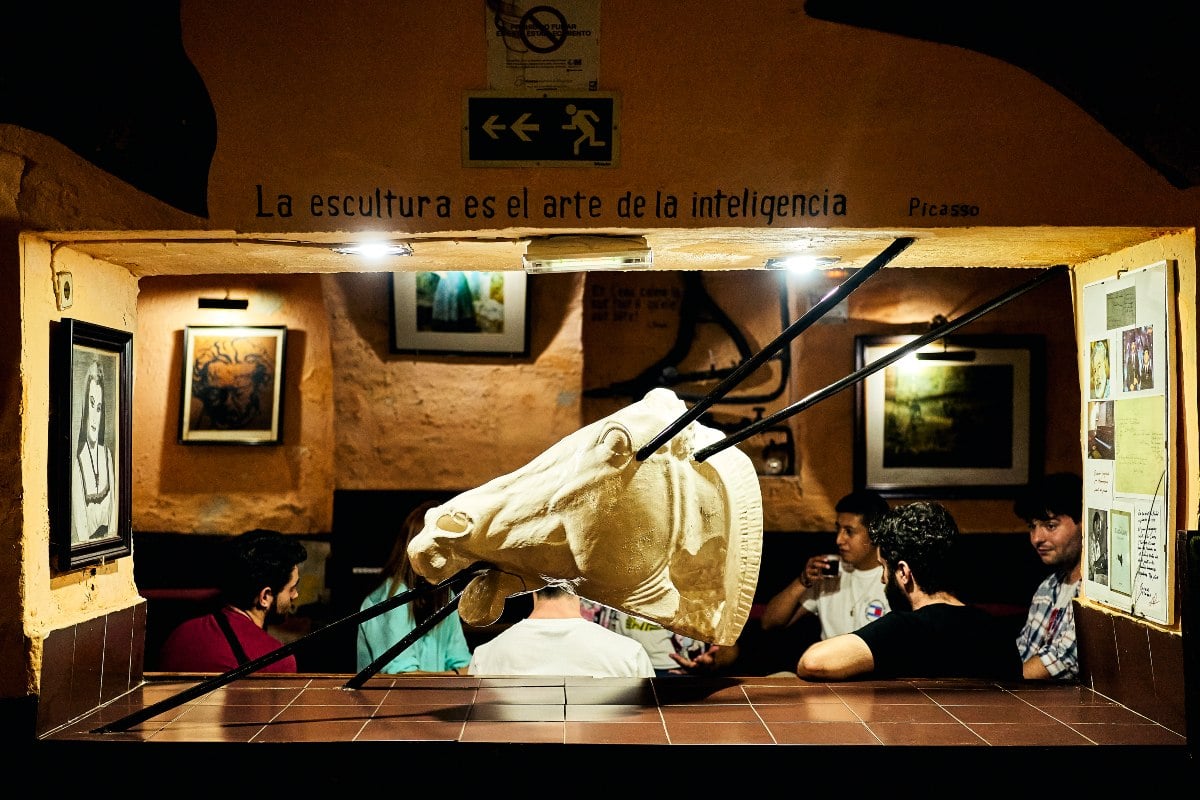
 Please whitelist us to continue reading.
Please whitelist us to continue reading.
Member comments